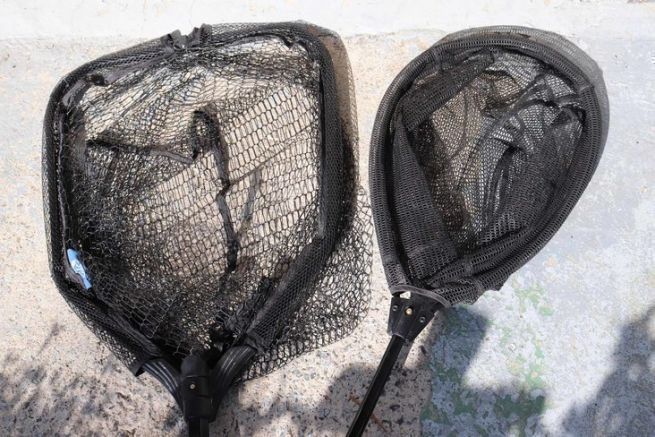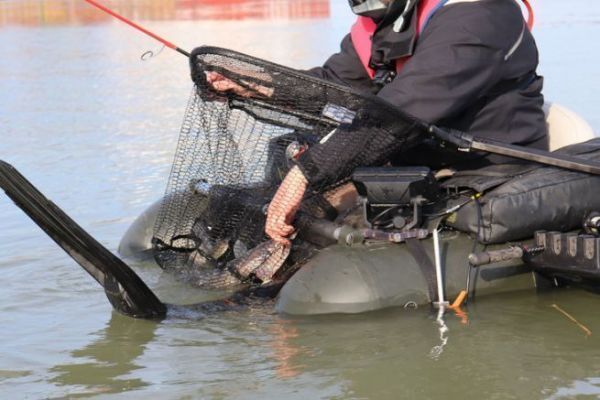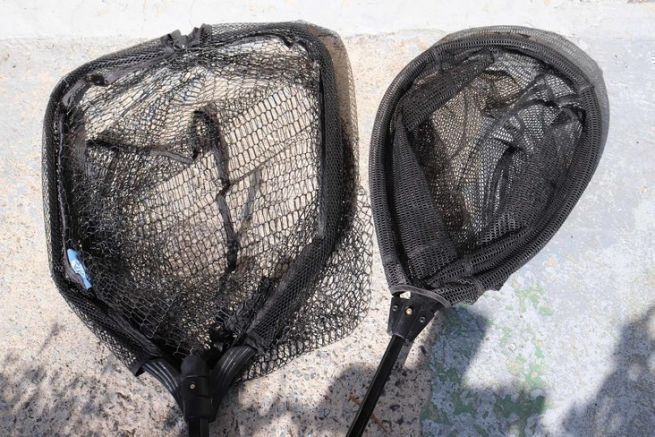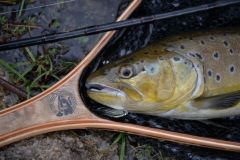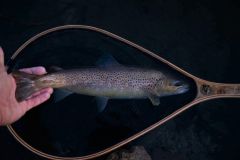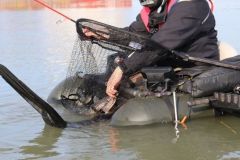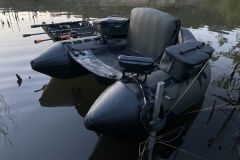1 - net depth
The depth of the net is a criterion that is all too often neglected, yet so important! In a net that's not deep enough, the fish, with sudden acceleration, may easily get out. A deep net secures the catch and gives it room to stay in the water long enough to unhook.
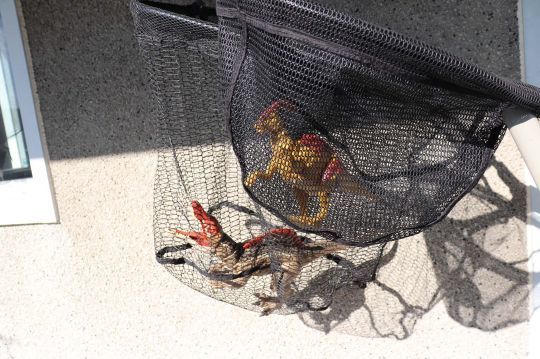
2 - Handle length
For float-tube fishing, choose a landing net with an 80 cm to 1 m handle. A handle that's too short makes landing complicated and, above all, dangerous for the fishing rod, as it has to be angled to bring the fish to you. The float-tube sitting position restricts movement, and a sufficiently long handle allows you to effectively deplete your catch.

3 - The folded footprint
The fact that you can fold up your landing net for transport is interesting, whether for storage at home, for transport to the water's edge, or even during the fishing session, if you want to put the landing net aside for a while, while boating for example.
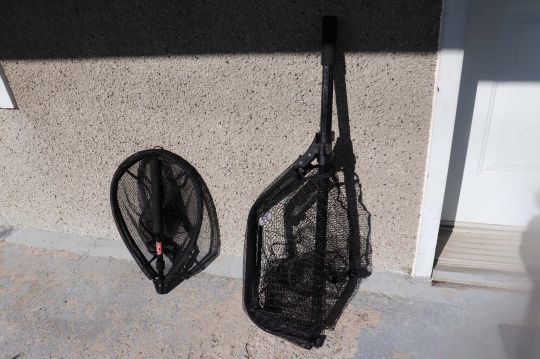
4 - Buoyancy
Often, to prevent accidental loss of a landing net, these have a safety cord to attach to the float-tube. I find that this cord is a source of entanglement, and I advise you to opt for a floating landing net instead. What's more, a floating landing net can be used as a float tank.
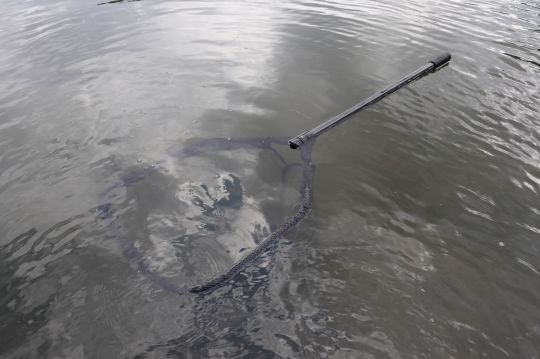
5 - Head size
Last but not least, make sure your landing net is the right size for the fish you're after. This is to avoid overcrowding the float-tube.
And the shape of the head?
I won't go into the head shape criterion, as this is negligible compared to the previous points. Round, oval, square or triangular, they all have the same capacity to exhaust a fish. Apart from the shape, it's the rigidity of the head's frame that's most important. Choose something solid!
Any models to recommend?
I don't have any particular models to suggest, but if you look at brands like Pafex or Hearty Rise, you should be able to find something to suit your needs, or should I say: a landing net for your fish!
